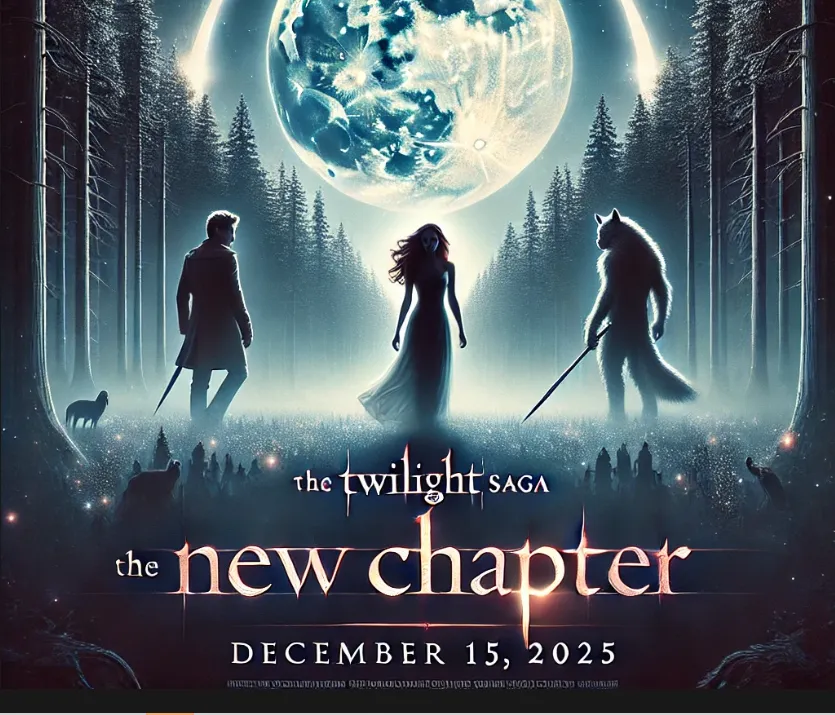Cinema has long been a medium for exploring the depths of human emotion, identity, and desire. While many films shy away from complex or intimate themes, some embrace them head-on—inviting viewers to confront their own perceptions of love, sexuality, vulnerability, and morality. The following list of 50 mainstream adult films represents a rich tapestry of provocative storytelling, psychological depth, and artistic boldness.
1–10: Pushing Boundaries of Storytelling and Sensuality
The list begins with films like Nymphomaniac Vol. I & II (2013), Lars von Trier’s controversial deep-dive into a woman’s sexual history, and Blue Is the Warmest Color (2013), a poignant and raw portrayal of first love between two young women. Classics like Basic Instinct (1992) and Eyes Wide Shut (1999) challenged mainstream audiences with bold depictions of eroticism and psychological tension, while 9½ Weeks (1986) and The Dreamers (2003) blend sensuality with emotional complexity.

11–20: Obsession, Infidelity, and the Human Psyche
These films examine the darker sides of relationships and desire. Shame (2011) and Crash (1996) offer unflinching portraits of addiction and trauma. Unfaithful (2002), Fatal Attraction (1987), and Last Tango in Paris (1972) dive into the consequences of infidelity and obsession, while films like The Handmaiden (2016) and Lust, Caution (2007) add historical and cultural layers to their erotic narratives.

21–30: Identity, Youth, and Emotional Awakening
Call Me by Your Name (2017), Carol (2015), and Portrait of a Lady on Fire (2019) present stories of love and longing in beautifully stylized settings. Y Tu Mamá También (2001) and Shortbus (2006) explore sexual awakening and experimentation, while The Piano Teacher (2001) and Swimming Pool (2003) offer more psychological, introspective takes on sexuality and repression.

31–40: Experimental, Avant-Garde, and Culturally Charged
Films like Antichrist (2009), Teorema (1968), and Velvet Goldmine (1998) blur the lines between art-house cinema and mainstream narrative. These works challenge the viewer with symbolic visuals, non-linear storytelling, and heavy themes. Meanwhile, The Blue Lagoon (1980) and 50 Shades of Grey (2015) present more commercially successful but divisive takes on erotic themes.

41–50: Psychological Intimacy and Sensual Aesthetics
The final selections include cult favorites like The Duke of Burgundy (2014), classic explorations like Belle de Jour (1967), and dramatic thrillers such as Original Sin (2001) and The Last Seduction (1994). These films use eroticism not as shock value, but as a narrative tool to explore power dynamics, repression, and liberation.

Conclusion: Beyond Sensation—Toward Substance
While these films vary in genre, style, and tone, they all share a commitment to portraying adult themes with nuance, artistry, and courage. Whether it’s through quiet introspection or provocative storytelling, each film invites viewers to reflect on the complexities of human relationships. They remind us that cinema can be both sensual and cerebral, intimate and universal—revealing truths about ourselves in the stories we dare to watch.

-1748831039-q80.webp)


